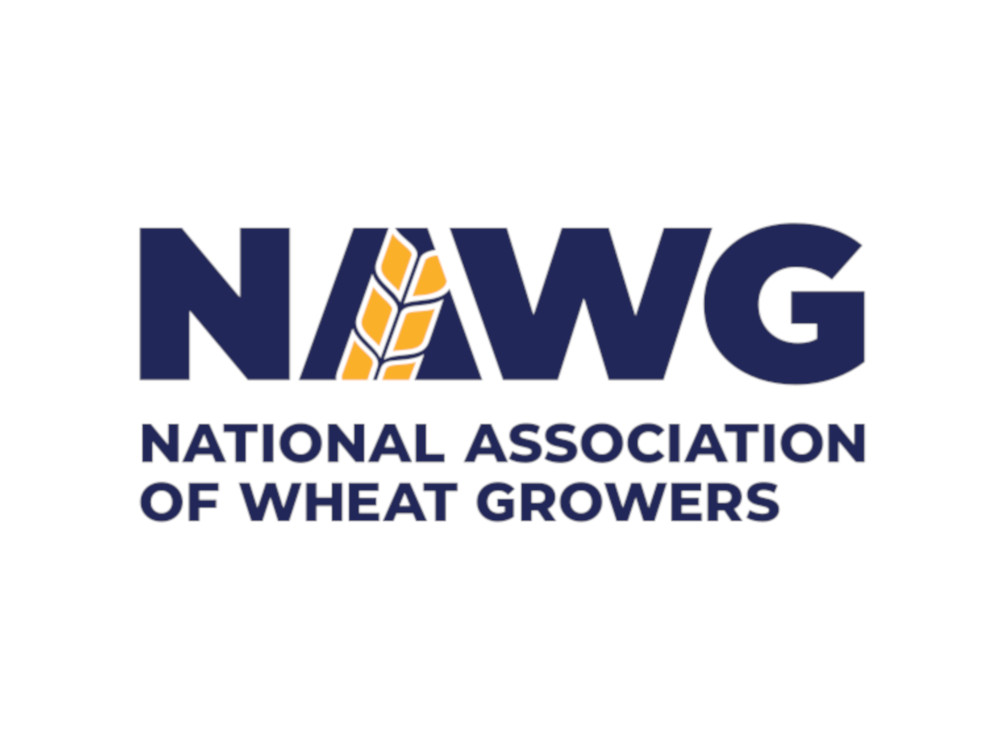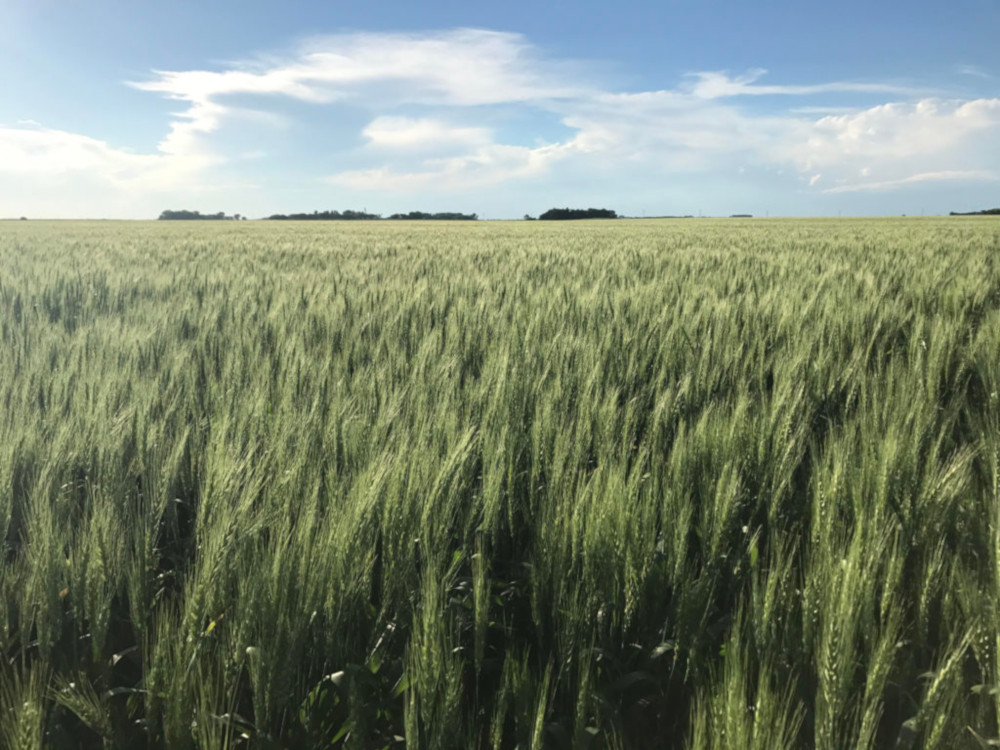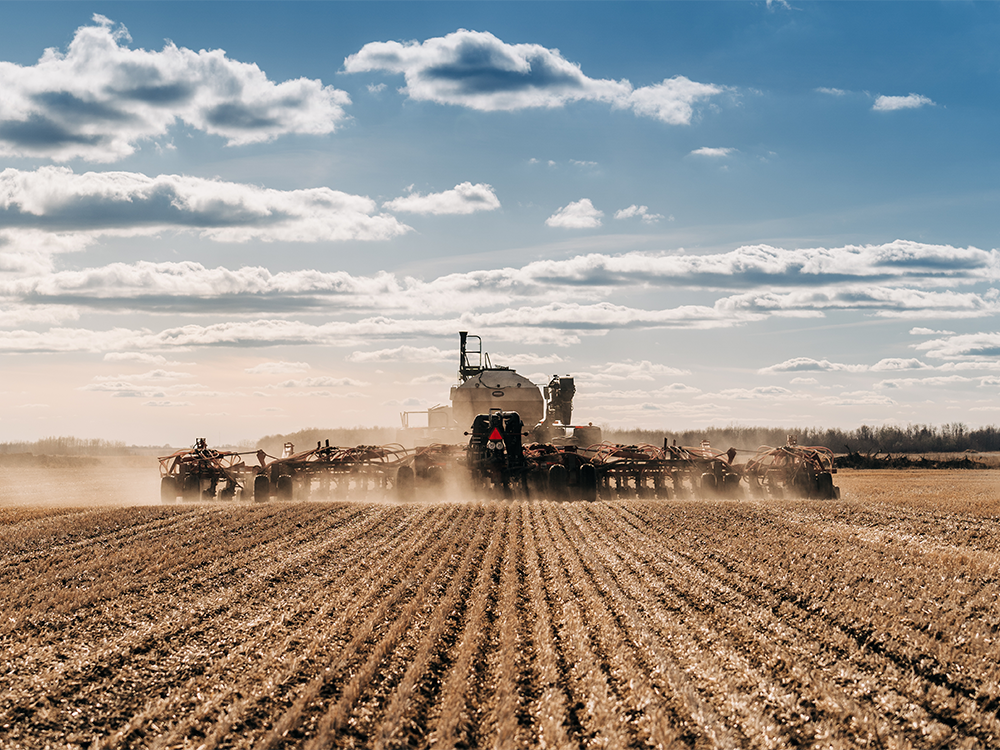The “Sunday scaries” plague professionals across industries around the world.
But not Minnesota Wheat Executive Director Brian Sorenson, who marked one year with the organization on April 2. He’s right where he wants to be.
“My first year was truly a great experience,” Sorenson said. “When I sit back and think about this past year, I know I’m right where I’m supposed to be – everything we’re working on is to support wheat farming. There isn’t anything I do that I think, ‘I’d rather be working on something else.’”
Before Sorenson, who joined the wheat family after six years as a program manager at Northern Crops Institute, assumed the responsibilities of guiding the Minnesota Wheat Research & Promotion Council (MWRPC) and the Minnesota Association of Wheat Growers (MAWG), he’d had exposure to the organization. But looking in from the outside doesn’t paint the full picture.
“I knew the mission and the different activities that Minnesota Wheat was involved in from my role with the Northern Crops Institute,” Sorenson said. “But it’s when a person is actually in that position that you find there is a lot more to it. So, during my first year, it was a matter of getting a good handle on exactly what the priorities are and what kinds of opportunities there are for the organization to grow and adapt as wheat farming changes.”
Sorenson’s previous role laid a firm foundation, giving him solid footing when he took over the reins.
“His vast knowledge of wheat has been an asset,” MAWG President Kevin Leiser said. “Before, we didn’t have his knowledge of overseas markets and because he dealt with a lot of this stuff before, there wasn’t as big of a learning curve.”
New views
While many elements of the job were familiar to Sorenson, like with any new position there remained several aspects that were an adjustment.
“That’s a challenge, you know, switching from one hat to the next,” Sorenson said. “I have to remember, ‘OK, I have my Council hat on this morning and then this afternoon I’ll have on my Growers hat.’ It’s been really challenging and fun at the same time.”
To navigate the challenges, Sorenson has had a first-class group of farmer leaders to guide him.
“I was pleasantly surprised with how engaged and interested the board members are on both the Growers and Council boards,” Sorenson said. “They are genuinely interested in being leaders and providing leadership to the wheat industry. I was really excited to see that.”
That feeling was mutual. Sorenson’s affable and inquisitive nature endeared him to board members.
“He’s very easy to work with,” MWRPC Chair Mark Jossund said. “If he has questions about something, he isn’t scared to call me and if I have a question, he’s very responsive. He’s been a great asset and really understands farming and wheat farming very well.”
Fresh eyes mean a fresh perspective. In his first year, Sorenson didn’t hesitate to dig in and ask questions about how each organization operates. And he wasn’t afraid to challenge the status quo when he saw potential for growth.
“One of my goals is to streamline things that we do and take another look or rethink some of our efforts to make sure we are as effective as possible,” Sorenson said. “For example, on the Council side, we fine-tuned our research grant process to the point where we eliminated one step of the process, saving everyone’s time.”
Eyes wide open
With one year under his belt, Sorenson is eager to continue learning and growing with the organization.
“I’m looking forward to making sure that we’re doing what we can to adapt to the changes in agriculture,” Sorenson said. “I think everyone understands that things are going to be a lot different in our world in the next 10 years and it’s exciting to be in a situation where we can do our best to not only remain relevant but to also help drive where trends go.”
Through it all, the focus remains on Minnesota wheat producers, and, at times, the agriculture industry as a whole.
“We’re not only a spokesperson for wheat producers, but we’re here to work on behalf of Minnesota agriculture,” Sorenson said. “Obviously, our primary focus is wheat but the things we’re doing impact all agriculture producers, especially in the wheat growing region. And when we advocate, we’re there to advocate for wheat as part of the big picture of agriculture. The mission is bigger than wheat.”
One year down the road, Sorenson is far from done making moves at Minnesota Wheat.
“It’s been really quite an eye-opening experience,” Sorenson said.





